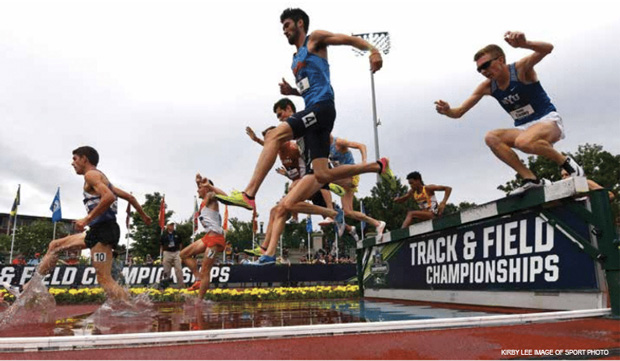| Endurance Training Program Design |
| Originally Published in: Techniques Magazine
Provided by: USTFCCCA
Over the past 60 years all sport training models have benefited from the scientific principles that scientists have developed to explain the natural world. The application of scientific laws and theories by coaches has transformed athletic training from a trial and error model to a systematic model of periodized development. The important link in this knowledge chain is to educate the coach to the necessary and most contemporary scientific research in a manner in which they can both understand it as well as apply it to the athlete. In the 1960's and 1970's, in a time before eastern European influenced periodization took hold in America, the famed American endurance coach Bill Bowerman of Oregon learned his craft by trial and error testing and achieved great success. This led to the following observations on training by Bowerman: "The principles that I thought were most important were what I have chosen to call the hard-easy. This does not mean that a person runs hard one day and takes it pretty easy the next. It depends on the individual. Perhaps a Steve Prefontaine or a Dyrol Burleson might work hard two or three days and then he might take two or three very light days. Kenny Moore was a fragile runner and after one of his very solid workouts, it might take two or three easy days before he was ready to apply the next hard effort. Nevertheless the hard-easy principle applies and, in general, I don't think a person can go wrong either as a coach or as an individual runner, working hard one day and taking the next relatively easy, or perhaps an effort in some other physical activity (Bowerman 1975)."
Nowadays, in the periodization models of the various types of endurance training there requires a firm understanding of human physiological principles in the domain of contemporary scientific understanding. These models primarily differ in the distance the athlete is training for and in the biological characteristics of the individual. It is a requirement to employ a training program that matches the general and unique physiological adaptations that a specific athlete is capable of attaining in order to achieve success in the program. Ultimately, endurance training requires an understanding of the physiological principles and properly training in the aerobic energy system, anaerobic energy system, and the combined zones of each athlete. Stated simply, the "theory of periodized training" must directly relate to the theories of overload and adaptation on an individual basis (Figure 1). The total amount of time available to prepare the endurance runner for the next major series of competitions (Bourne, 2009). The specific needs of the individual endurance runner in regard to the various primary physical performance components needed to compete at a specific event or range of events (Bourne 2009). Any given year may require the planning of one or more macrocycles. The number will depend upon the annual structure of competitions or seasons available (or required) of a given endurance runner. Each macrocycle (a season of competition) will include a preparation phase, pre-competitive phase and a competitive phase, followed by a recovery transition phase. All of these cycles are designed to bring about the physiological adaptations to be able to perform at a high level during the important competitions of that macrocycle. Most countries, states, and federations will employ at least two major macrocycles in a yearly endurance program. In some cases it may be necessary to include three macrocycles in a given annual program. Because of this, it is critical to be able to approach the year with a plan that will include sequential and progressive loading in order to bring about physiological adaptations that meet the demands of both or all macrocycles. TRAINING DESIGN MODULES In the following section, we will examine the units of training that comprise the training program, and planning considerations for each. The Annual Plan. The Annual Plan is a plan that identifies all the available training time and provides a framework over which detailed training is planned. The annual plan illustrates the location, sequencing, and duration of all phases of training, as well the themes associated with each. The annual plan should also include the competition schedule and peaking periods. A fundamental concept in the design of an annual plan is the concept of working back. This means that once the time available to train and the critical competitions which normally come at the end of the year are located on the calendar, training is planned back-wards from that point. The Macrocycle. The Macrocycle is a segment of training associated with one peaking period. Many annual plans for track and field consist of an indoor macrocycle and an outdoor macrocycle. Considerations regarding volume and intensity, general and specific training, and simple and complex training hold true for each individual macrocycle. The Phase. A phase is a segment of a macrocycle with a gross theme. Typically most macrocycles are divided into two phases, a preparation phase and a competition phase. The Period. A period is a segment of a phase with a gross theme. In most macrocycles, the preparation phase is divided into two periods, The General Preparation Period and the Specific Preparation Period. The Competition Phase is divided into two phases, the Precompetition Period, consisting of the less important preliminary competitions, and the Competition Period, consisting of the important later competitions and the Peaking Period. The Mesocycle. A mesocycle is a four to six week segment of training. Mesocycles are usually associated with some theme, and the sequencing of individual mesocydes should demonstrate proper sequencing of training. The Microcycle. A Microcyle is aseven to ten day long segment of training. For planning convenience, most microcycles are one week in length. The microcycle typically has a theme, and consists of a number of training sessions sequenced in some designed order. Throughout the microcycle, to provide needed rest, recovery and variety, training emphases should alternate. The Session. A session is defined as a single training opportunity. Each session should have a theme, and should be organized and sequenced in a logical fashion. The Unit. A unit is a segment of a session composed of similar training activities. When units are organized into a session, they should be sequenced as follows. Keep in mind that except for the warmup and cooldown, it is not imperative that any session include all of these elements. 1. Warmup 2. Skill and Technical Activities 3. Speed and Power Activities 4. Strength and Endurance Activities 5. Cooldown THE MACROCYCLE, PERIODS AND PHASES Always consider general principles first in the development of the endurance runner's macrocycle. The macrocycles should be designed to bring about summative fitness changes that will ensure that the endurance runner be fully adapted to the demands of the major competitions. Race energies can be defined as the competition exercise speed at each specific aerobic and anaerobic level demanded by the particular event. This definition will entail all those physiological demands, psychological demands, and motor skills necessary to reach high competitive levels. Each large-scale training cycle (macrocycle) is broken into two general time periods. These periods identify the athlete as either in a preparation period or a competitive period. The athlete is either "training to train" or "training to race". There may be competitions conducted during the preparation period, but by design these are not the championship level races that are held during the competition period. Each period is broken into time periods called phases. They are identified by the scope of the competitions within. Each period is thus made up of three relatively independent phases with the aim of preparing the endurance runner for increasing importance in competition. Preparatory Phase Pre-Competitive Phase Competition Phase The phases are important for the coach to thoughtfully construct as they are used to apply a chronology of time-specific endurance training principles. Preparatory Phase: During this phase the emphasis is placed on laying a foundation for the subsequent development of competitive speeds. In the case of endurance running events, the development of long lasting aerobic strength is critical. Aerobic threshold improvement lactate [anaerobic] threshold improvement, and VO2 max improvement all involve many structural changes. Also an improved cardiovascular and pulmonary system, increases in substrate storage and usage, and long lasting oxidative enzymatic changes occur during this time. These developments in most cases are chronic [long term], and take a long time to bring about sufficient or significant changes. Pre-competitive Phase: For endurance training, it is imperative that these longterm aerobic changes continue to be the emphasis. The aim of this phase needs to also include acquiring the capacity to perform at race energy levels near those needed for the competitive season. This development entails an emphasis in VO2 max since most of the racing in track and field by endurance runners is tied in closely to running at speeds above or below this energy delivery level during racing season. It is also necessary to begin to develop anaerobic endurance, efficiency, and capacity during the pre-competitive phase.
Competition Phase: For the endurance runner, this phase should emphasize all those adaptations needed to perform at full race capacity. Optimal development of the anaerobic system, relative to the needs of racing, is critical at this time. Proper volume and intensity relationships should be a major concern. Peaking for the important competitions is the main focus of this phase. It should be noted here that in an annual plan, the second macrocycle should contain the main competitions of the year. For endurance running events, this is primarily because of the prevailing theory that endurance runners can reach and maintain only one aerobic peak a year (Bompa 1983). The concept of a large training cycle, whether it is the annual plan or a macro-cycle is an important principle that must be understood. It is critical to have biological continuity, or a single direction, in the development of physiological parameters in the phase, the mesocycle and the microcycle. A microcycle cannot be an independent unit in the training process. The theory of the large cycle will ensure the necessary conditions for a long-term adaptation of the endurance runner's physiology ability to handle specific, intensive, maximal performances. MESOCYCLES AND MICROCYCLES Phases are broken into thematic mesocycles, each of which contain three to six microcycles. Each mesocycle is unique in that they each pursue a different training objective depending on where they fit into the training phase. Mesocycles are important to construct into a periodized training plan because their significance lies in their objective to develop relatively permanent changes in performance capacities. Once the thematic objective of the mesocycle has been met by the athlete, the mesocycle ends and another one begins. Each mesocycle is divided into a series of microcycles. A typical microcycle is one week long, though it may vary from three to 21 days. Microcycles have four features (Dietrich 1982): The structure (relative volume of the intensity) of the load demand changes during the cycle. The load degree differs from one training session to the next, alternating between lower and higher loads according to the athlete's load tolerance and ability to recover. The training sessions have different main tasks that use either special or general training exercises. The training load rises for as long as is necessary to meet the objectives of the training phase. A normal one-week microcycle will have two peak sessions (Freeman 1989). The most common microcycle involves six or seven days of training, with peak days followed by regeneration days (Figure 2). One of the peak days may or may not be a competition. Advanced endurance runners may require a more sophisticated periodization model. Athletes with an older training edge, greater skills, and greater motivation can generally handle stronger workloads. A microcycle may need to be altered to provide more intensity (Figure3). An important component in micro-cycle design is variety. It is the coach's responsibility to have several different workouts that address the same training objective. It is also important to vary the timing of each component within the microcycle, on an individual athlete basis, in order to find the most effective workout sequence for each athlete. 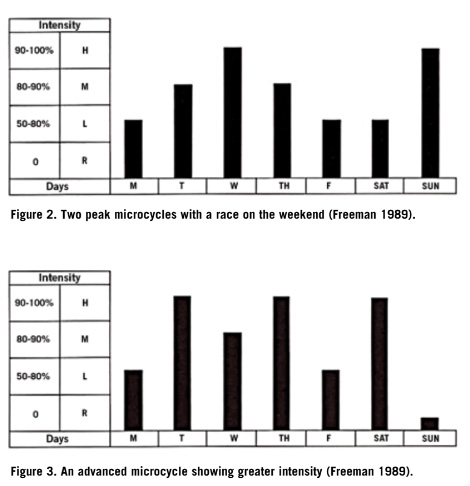 Once again, the components of the periodized training plan have been narrowed in the following manner: Annual plan Macrocycle Period Phase Mesocycle Session Unit The session and unit components divide the microcycle and training days so that the training corresponds with what scientists know about the physical performance components: strength, speed, flexibility, coordination and endurance. A unit is a specific element of a workout session that trains a specific physical performance characteristic. A session is a combination of four to six units that are combined to reach an objective for that session. When explaining the session to the athlete there should be four stages presented for effective implementation: The Introduction: this is when the goals of the session are explained. The preparation: this is when the athlete does the warm up that is required for the session. The Core: this is when the main objective of the day's session is achieved. The units must be administered in the proper developmental order and with the desired load. The Conclusion: this is when the proper cool down is done and an explanation of the take-home points are completed. Linking training units into the proper physical performance component order in a session is a key to success. Depending on the focus of the session, ordering and linking units is done by considering the unit neuromuscular demand, the unit metabolic demand, the unit technical demand and commonality, the unit duration within the session, and the rhythm of the unit within the session to keep it interesting for the athlete. A general model for unit ordering and linking physical performance components within a session is shown as the following: The Preparation The Technical Unit The Speed Unit The Strength Unit The Endurance Unit The Conclusion Technique and tactics are practiced first because they require a rested body (Freeman 1989). When developing maximum speed, the speed training unit should be done first, immediately after the warm up (Bompa 1983). THE IMPORTANCE OF PERIODIZED ENDURANCE TRAINING The usefulness of applying periodized training principles is important in the planning of the large cycles needed for success in the endurance running events. Noted sport physiologist, Tudor Bompa states: "As a complex human endeavor, training effectiveness depends on one's scientific knowledge, professional expertise, methodical inference, and planning skills. By employing adequate scientific training guidelines, planning can become a primary tool utilized by the coach in his/her endeavor to conduct a well-organized training program." (Bompa 1983) "A coach's training efficiency could be facilitated by employing a variety of plans, from short term, such as a training session plan, to long term, like a four year Olympic plan." (Bompa, 1983) REFERENCES Bompa, T. 1983. Theory and Methodology of Training: The Key to Athletic Performance. Kendall/Hunt Publishing Inc, Dubuque, Iowa, USA. Pp. 131-179. Bourne, D. 2008. A history of training theory and methods for elite runners through 1975. University of Texas Publishing, Austin, Texas, USA Pp 378389. Bowerman, W. 1975. Coaching Track and Field. Simon Publishing, New York, New York, USA Pp. 23-25. Freeman, W. 1989. Peak When it Counts: Periodization for American Track and Field. Tafnews Press, Los Altos, California, USA. Pp. 45-90 Al Schmidt and Scott Christinsen were primarily responsible for the content of the Endurance Specialist course curriculum. |
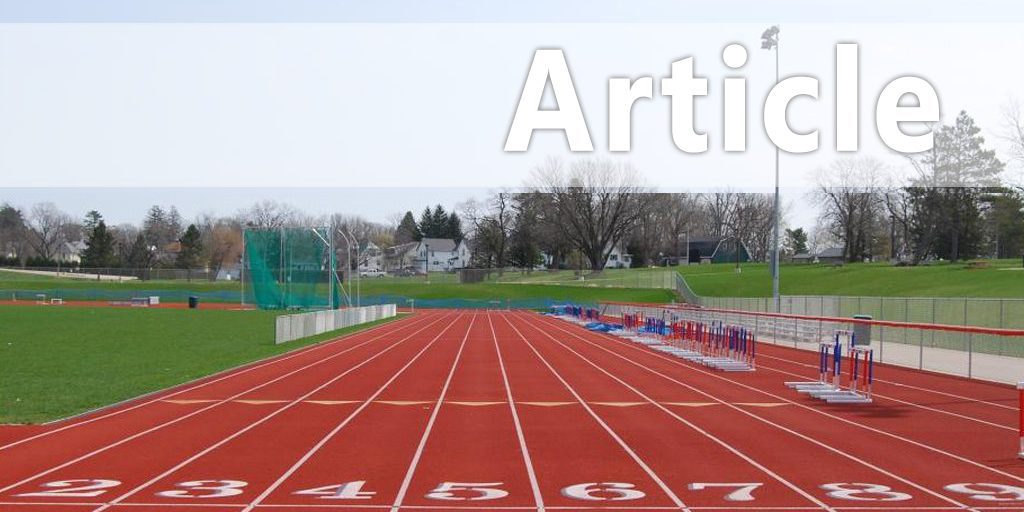



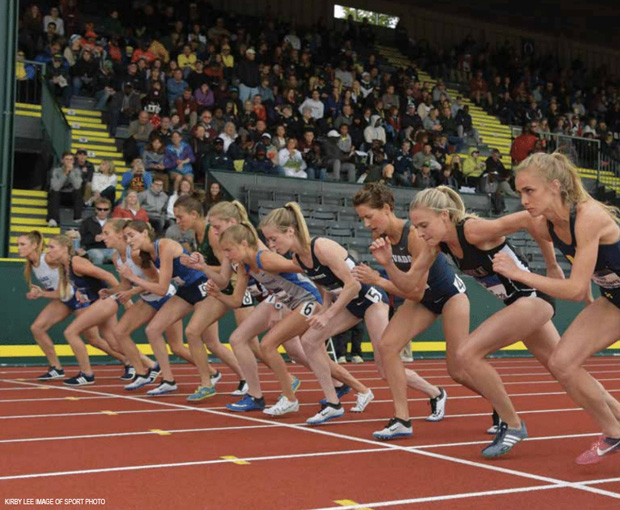
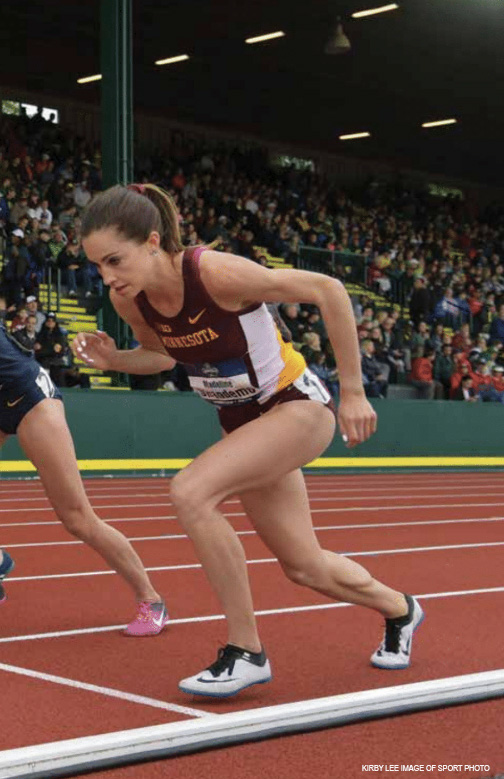 THE PERIODIZATION AND ORGANIZATION OF ENDURANCE TRAINING
THE PERIODIZATION AND ORGANIZATION OF ENDURANCE TRAINING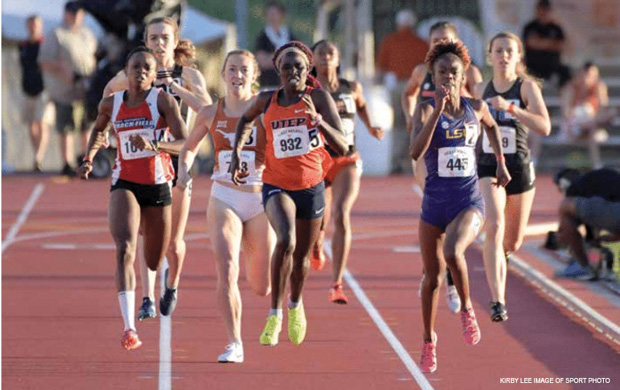
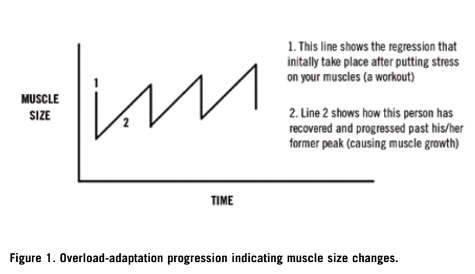 Before developing a periodized training model, it is critical to look at some special considerations in constructing the yearly plan:
Before developing a periodized training model, it is critical to look at some special considerations in constructing the yearly plan: